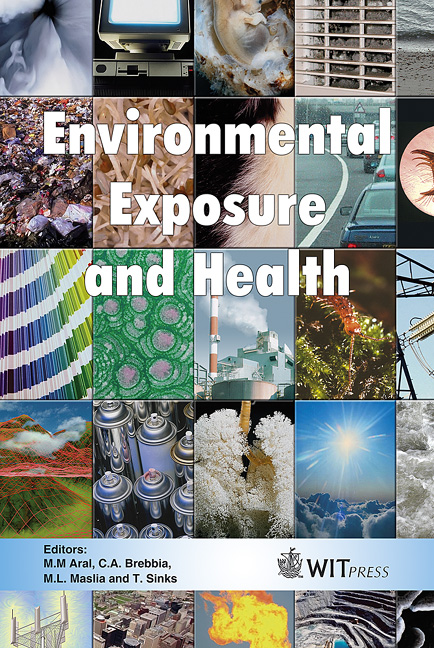Impact Of Closure Of A Large Lead-zinc Smelter On Elevated Blood Lead Levels Of Children In Adjacent Suburbs, Boolaroo, Australia
Price
Free (open access)
Transaction
Volume
85
Pages
11
Published
2005
Size
360 kb
Paper DOI
10.2495/EEH050391
Copyright
WIT Press
Author(s)
C. B. Dalton & L. I. Bates
Abstract
The lead-zinc smelter at Boolaroo, near Newcastle New South Wales, Australia, was in operation from 1897 to September 2003. A study in 1991 found that 84% of children under 5 years of age in proximity to the smelter had blood lead levels >10 µg/dl. Blood lead levels were elevated in children resident within several kilometres of the smelter, with presumed contributions from historic emissions and ongoing fugitive emissions from the smelter. An Environmental Health Centre was established locally to provide free blood lead testing, advice on case management of children, assistance with cleaning, HEPA vacuum cleaner loans and health promotion activities. In 1997, the houses and yards of children with elevated blood lead levels were targeted for extensive environmental lead abatement. In 1998 a zonal household abatement program began which included carpet and ceiling vacuuming, removal of visible slag and top dressing of soil of residences closest to the smelter. Twenty-six houses were included and 640 zonal abatement episodes were completed before the program was terminated in 2001 because 1) the program appeared to be of little value due to rapid recontamination from ongoing smelter emissions, 2) it was expensive, and 3) it was viewed as inequitable by the community. Marked reductions in air lead levels have occurred since 1991 through emission controls. Blood lead levels in children declined rapidly in the first six years of the program but from 1997 to 2003 the mean blood lead levels plateaued with approximately 30% of locally tested children having a blood lead ≥ 10 µg/dl. The smelter ceased operation on September 12th, 2003. Blood lead testing of children < 13 years completed at 9 and 22 months post-closure demonstrated a decline in the annual percentage of blood lead levels > 10µg/dl to 18% and 9%, respectively. Closure of the smelter, without significant local remediation, has made a significant impact on children’s blood lead levels, especially among children under three years of age. Keywords: blood lead, smelter, lead, lead poisoning, children.
Keywords
blood lead, smelter, lead, lead poisoning, children.




